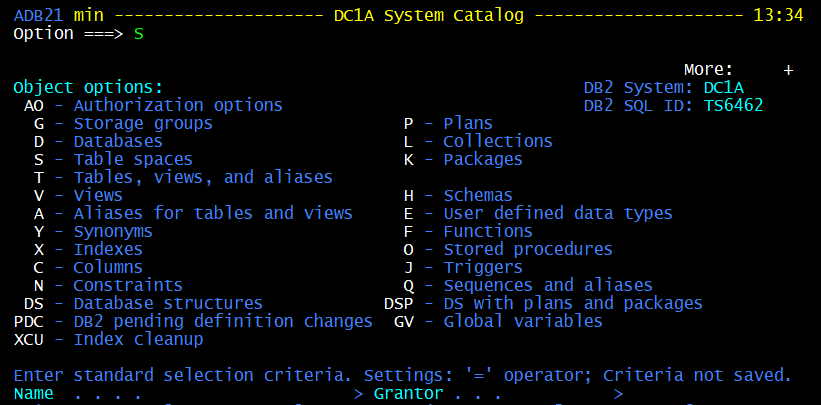IBM DB2 Database Administration
IBM DB2 is one of the leading relational database management systems in the market today. As a database administrator, it’s crucial to have a strong understanding of how to effectively manage and maintain a DB2 database to ensure optimal performance and reliability. In this article, we will discuss some key aspects of IBM DB2 database administration.
Understanding IBM DB2
IBM DB2 is a family of data management products that provide a comprehensive platform for database management, with capabilities ranging from data warehousing to transaction processing. It’s known for its scalability, reliability, and performance, making it a popular choice for enterprise-level applications.
IBM DB2 offers several editions, including the DB2 Express-C edition, which is a free, community-supported version that is ideal for small businesses and developers. The DB2 Workgroup Server Edition is designed for medium-sized businesses, while the DB2 Enterprise Server Edition is suitable for large enterprises with high-performance requirements.
Key Responsibilities of a DB2 Database Administrator
- Installing and configuring DB2 database software
- Managing database security and user access
- Monitoring database performance and optimizing queries
- Performing backups and recovery operations
- Implementing database maintenance tasks
- Troubleshooting and resolving database issues
As a DB2 database administrator, it’s essential to have a solid understanding of SQL, as well as experience with database monitoring and performance tuning tools. Additionally, knowledge of operating systems and network protocols is beneficial for effectively managing a DB2 environment.
Best Practices for IBM DB2 Database Administration
When it comes to managing an IBM DB2 database, there are several best practices that can help ensure optimal performance and reliability:
- Regularly monitor database performance metrics and identify areas for improvement
- Implement a comprehensive backup and recovery strategy to protect data integrity
- Optimize database queries and ensure they are efficiently using indexes
- Regularly apply software patches and updates to maintain system security
- Document database configurations and procedures to facilitate troubleshooting and maintenance
By following these best practices, DB2 database administrators can effectively manage their environments and ensure that data is secure, available, and performing optimally.
Conclusion
IBM DB2 database administration is a critical skill set for anyone responsible for managing a DB2 database environment. By understanding the key responsibilities and best practices outlined in this article, DB2 database administrators can ensure that their databases are secure, reliable, and performant.
